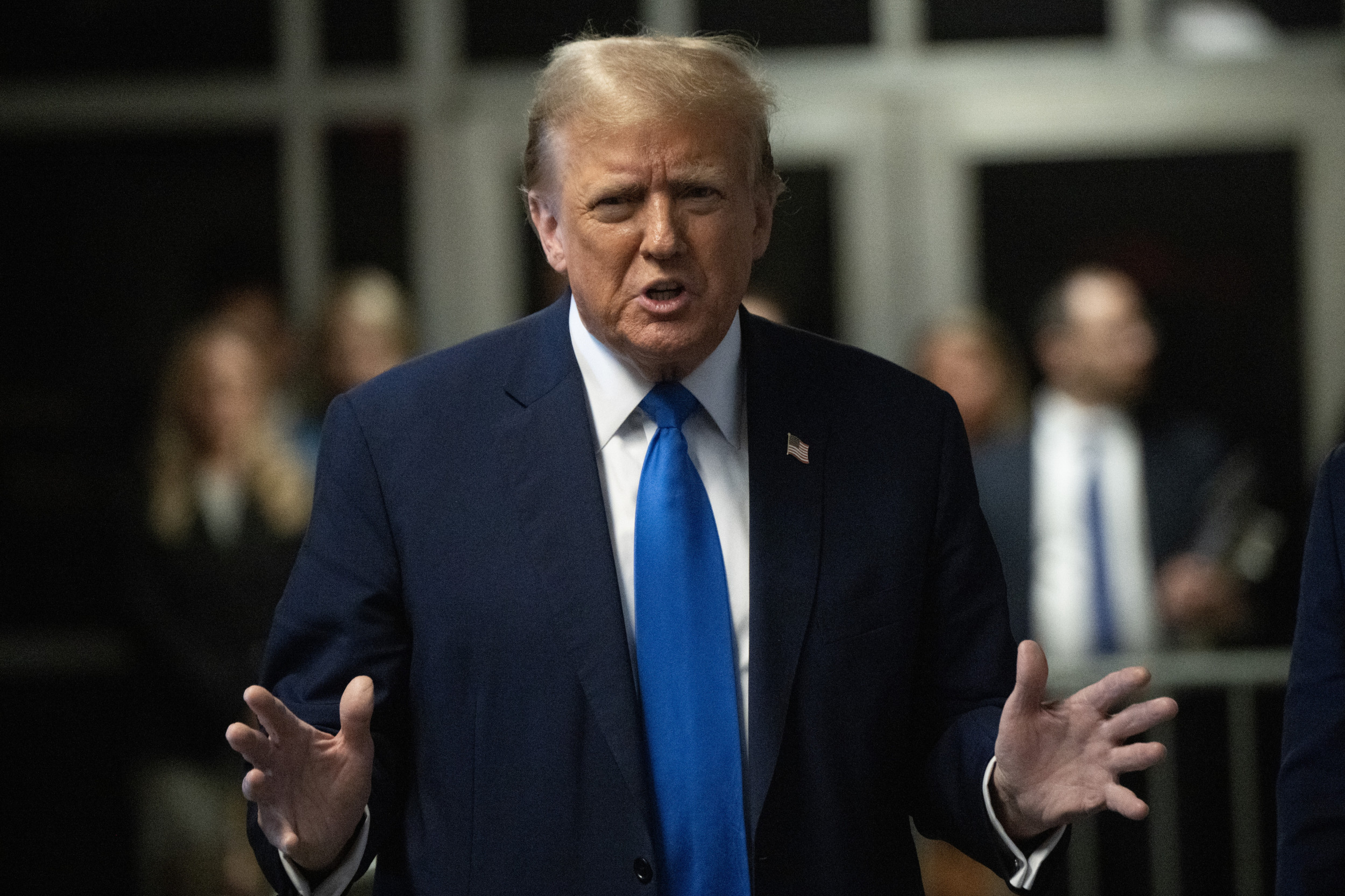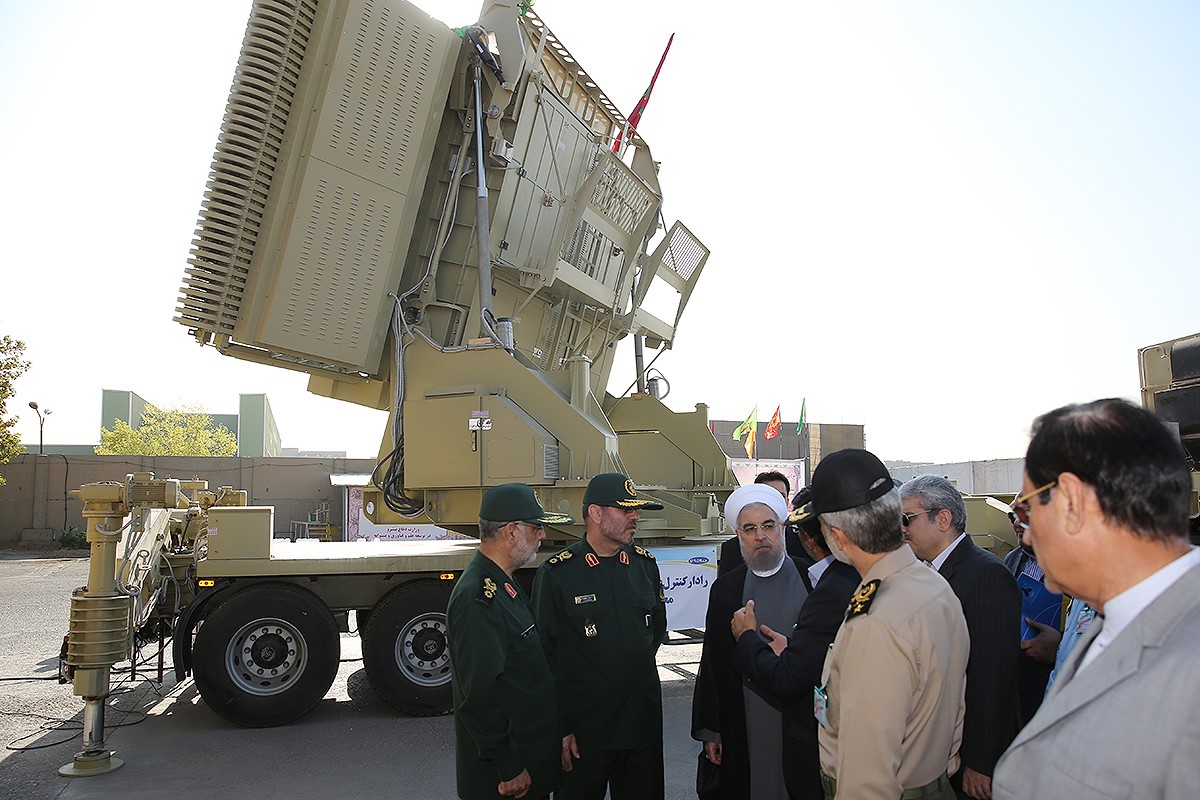Tanks once dominated the battlefield, and possessing a powerful and well-supplied armored force was to win a war. But in an era of guerilla war and stand-off conflict, the mammoth, history-defining tank battles of World War Two—a repeat of which was expected if the Cold War ever went hot—are seemingly a thing of the past.
Nonetheless, the tank remains a vital part of any modern military, offering unparalleled ground-based firepower and remaining a symbol of the might of the world's great powers. Two of the world's biggest tank arsenals belong to the U.S.—with around 5,800—and Russia, which has over 20,000.
But it is the condition and quality of these tanks that matter more than sheer numbers.
The most potent armored vehicle at the American military's disposal for almost 40 years has been the M1 Abrams tank, first introduced in 1980 and named for the Vietnam War-era General Creighton Abrams. Since then, a series of upgrades have brought the platform up to speed with the modern battlefield. The M1A1 tank was in service by 1985 and the M1A2 by 1986.
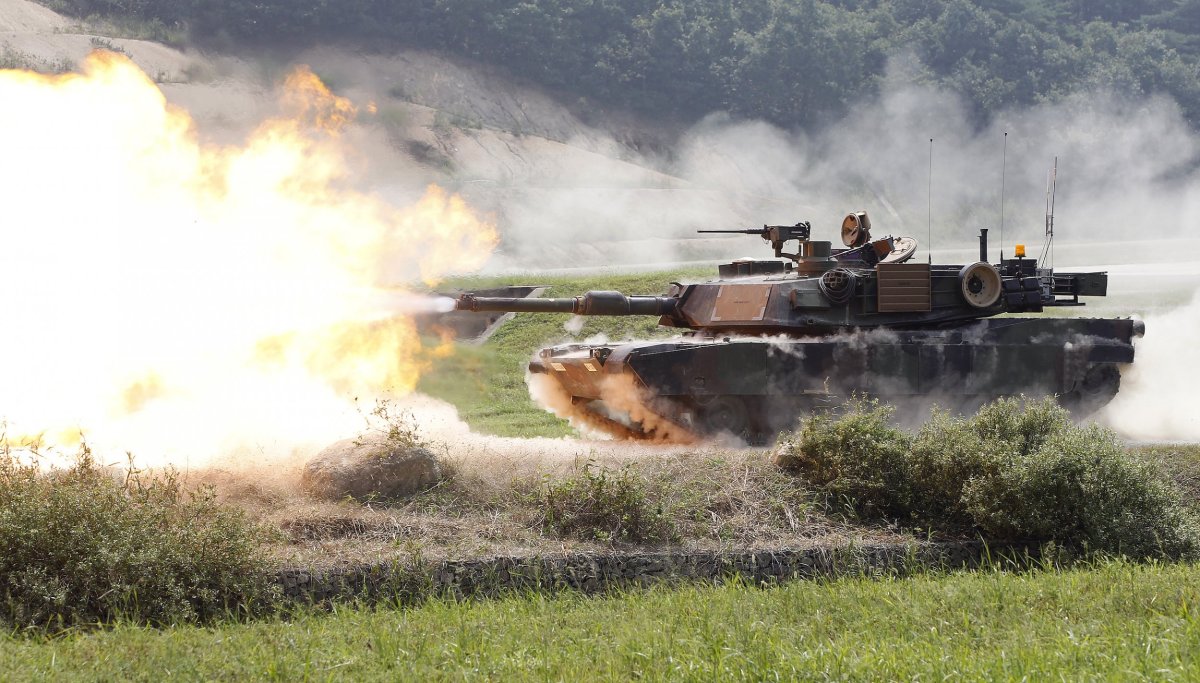
M1 Abrams variants have has formed the backbone of American armor over the past three decades. It was the Abrams that drove Saddam Hussein's Iraqi army from Kuwait, and some years later that tore across Iraq to seize Baghdad. Wherever U.S. forces needed firepower, the Abrams was there, even deployed in small numbers to the mountain passes and green valleys of Afghanistan.
Spread across the Army and Marine Corps, there are just under 5,000 M1 Abrams tanks of various configurations in the U.S. military. Just under 3,000 are believed to be active at any one time.
The Abrams was cutting edge technology when first introduced. Though the base platform is now ageing, upgrades have made the tanks of 2018 near-unrecognizable to the weapons of 1980—at least to those who know where to look.
Sporting a 120mm main gun, the M1A2's offensive capabilities have been steadily improved over time to allow the tank to compete with the newest armored systems. Meanwhile, the inside has been transformed by modern sensors and fire-control systems, making it one of the most advanced in the world.
Protection has also come on leaps and bounds, with extremely dense depleted uranium armor protecting the crew from frontal attack. The system is an expensive one, costing around $6 million per unit, but it is also one of the best in the world.
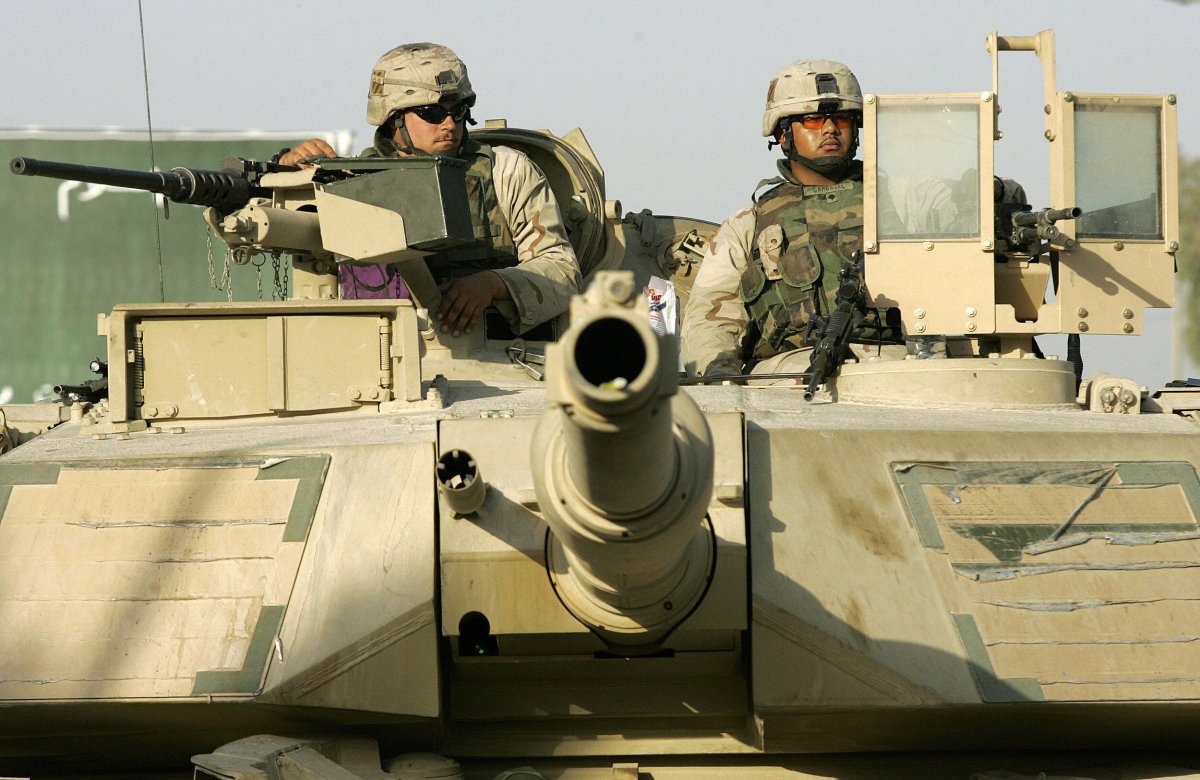
The Pentagon is not standing still. The army has already received its first M1A2 SEP Abrams tanks, boasting further improved armor, sensors, fire control software and digital battlefield management systems. American tanks are also being upgraded with explosive reactive armor blocks which damage projectiles attempting to penetrate the vehicle.
The military is also working on the M1A3 platform, which will further upgrade America's tanks. This will be the last upgrade to the M1 Abrams system as work on the Future Main Battle Tank continues.
Read More…Russia's Military Buildup: Is Vladimir Putin Bluffing?
During the Cold War, NATO planners believed that the first few hours of World War Three would see the rolling green plains of Eastern Europe turn into a sea of Russian tanks as Soviet armor poured through the Iron Curtain.
While this scenario has been consigned to the history books, the importance of the tank to Russian military planners persists, and the country still possesses the largest number of tanks on earth. However, of the 20,000 in Russia, few can be considered top-tier weapons, and only around 3,500 will be active at once.
The Kremlin's most advanced tank is the T-90, of which Russia fields between 750 and 1,000. First introduced in the early 1990s, the platform is cheaper than the M1A2 Abrams, costing around $4.5 million per unit. It is a development of the older T-72, and was introduced after the T-80 tank did not perform as well as expected.
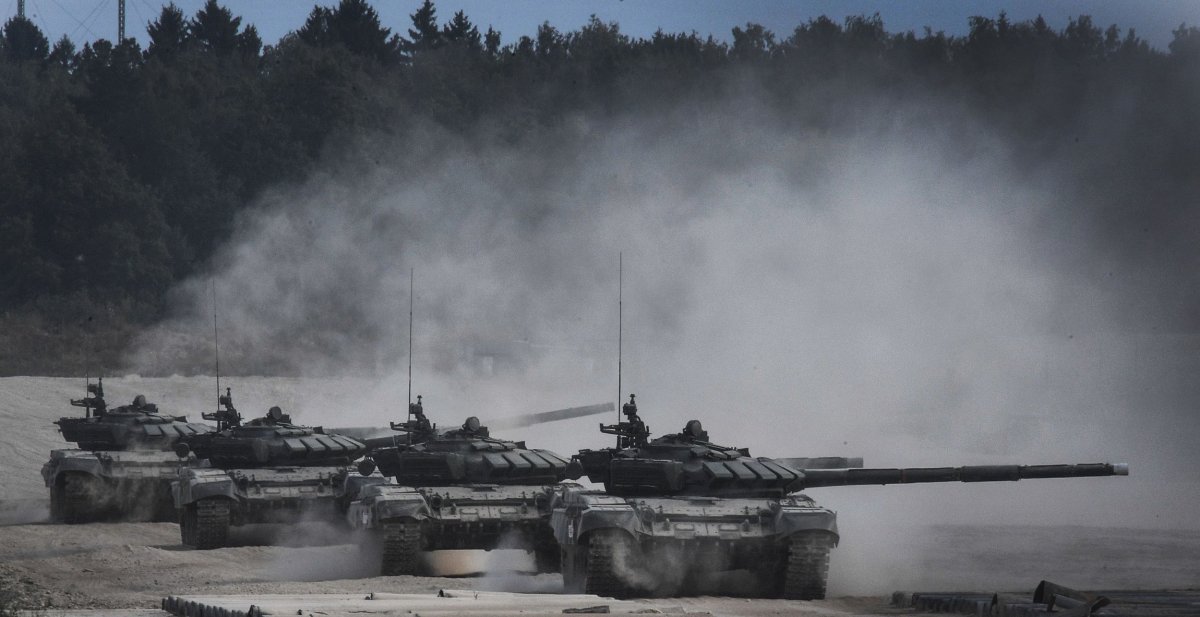
The most recent iteration—the T-90A—protects its crew with a composite armor hull and built-in explosive reactive armor blocks. The T-90A can also use electronic counter-measures to interfere with incoming projectiles. On the attack, its 125mm gun is enough to worry any enemy. Though a competent weapon that has fought in Chechnya, Syria and Ukraine, the T-90A is not generally considered a world-leader.
Aware of the need for a more modern tank, Russia has developed the T-14 Armata. The next-generation platform will use active protection systems to stop rockets before they hit the tank, posing a challenge to any adversaries. On the offense, the Armata will have an upgraded main gun, more sophisticated fire control systems and remote-controlled machine guns. The Armata's turret is unmanned, allowing its three crew members to sit in the relative safety of the crew capsule.
Though impressive on paper, the Armata has been beset by overrunning costs and delays in delivery. The Kremlin hoped to have hundreds in service by now but only a handful have been delivered. It seems unlikely that Russia will be able to fulfil its original plan to field 2,300 Armata tanks by 2020.
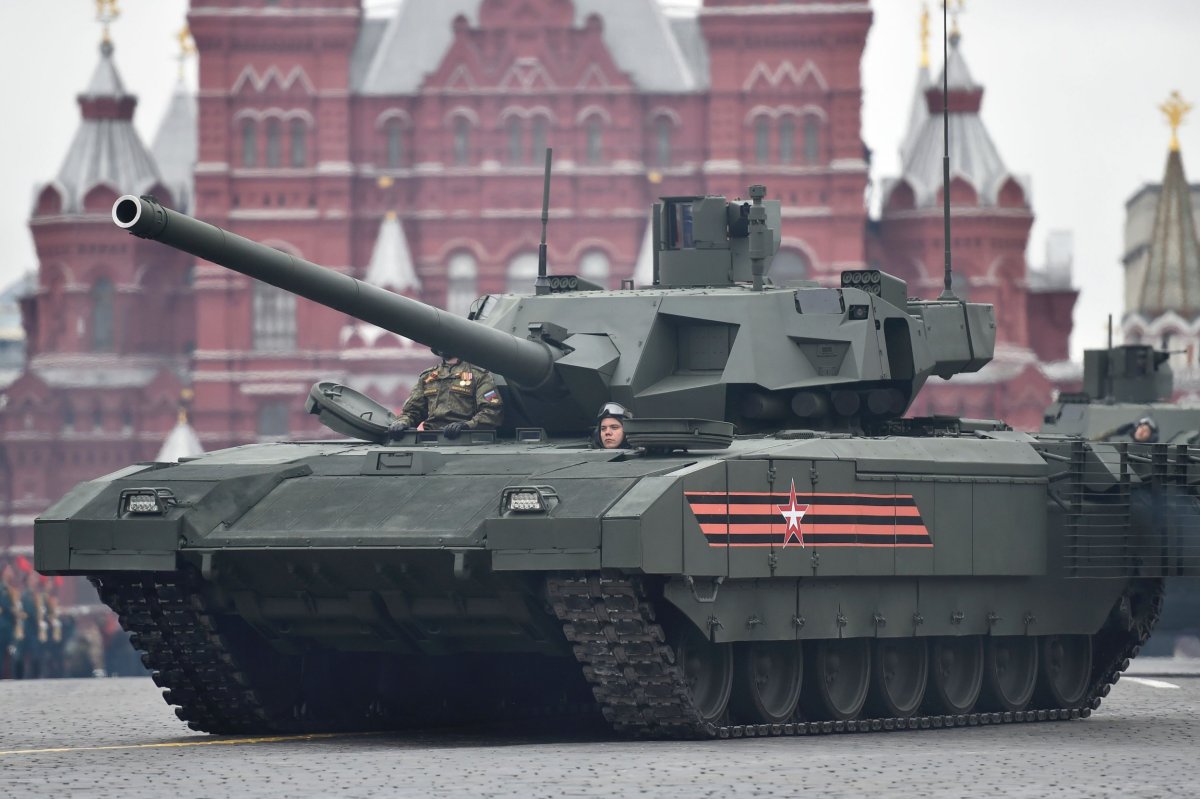
Uncommon Knowledge
Newsweek is committed to challenging conventional wisdom and finding connections in the search for common ground.
Newsweek is committed to challenging conventional wisdom and finding connections in the search for common ground.
About the writer
David Brennan is Newsweek's Diplomatic Correspondent covering world politics and conflicts from London with a focus on NATO, the European ... Read more
To read how Newsweek uses AI as a newsroom tool, Click here.



